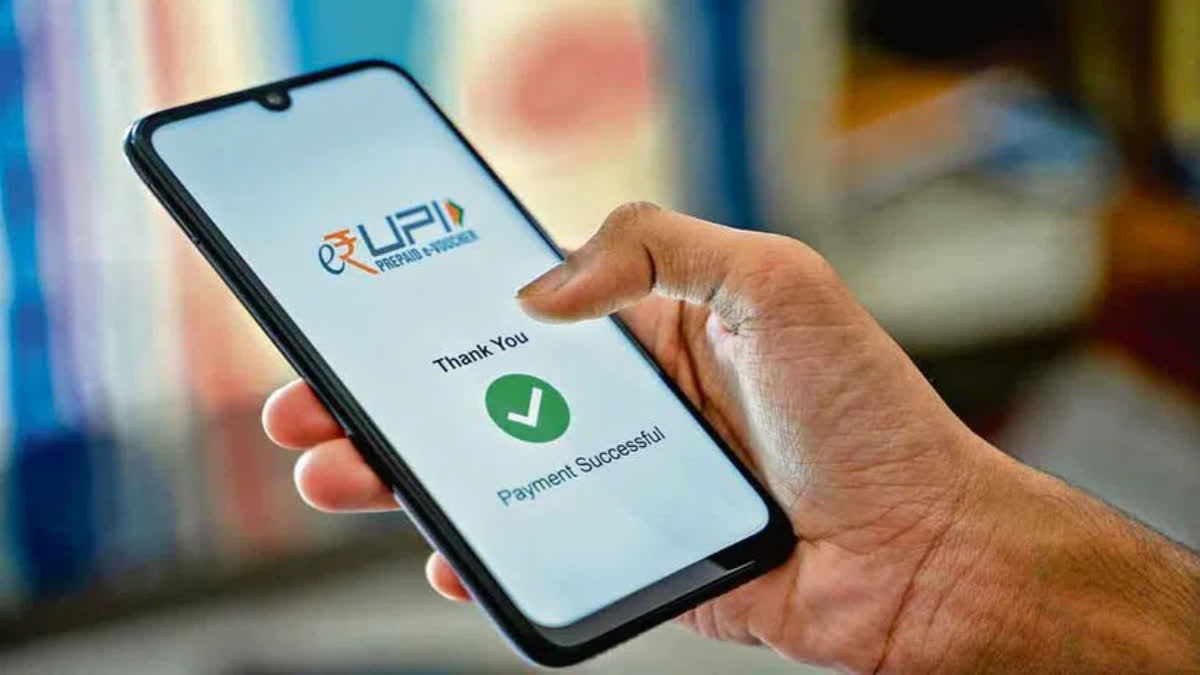India’s homegrown digital payment system – the Unified Payments Interface (UPI) – has been replacing the use of cash not only in metro cities and urban centres but as per the latest data majority of the UPI transactions are reported from semi-urban and rural parts of the country.
The country has several modes of digital payments such as National Electronic Fund Transfer (NEFT) and Real Time Gross Settlement (RTGS), debit and credit cards, and payments made through India’s indigenously developed and managed Unified Payments Interface (UPI), among others. However, the UPI, which is managed by the publicly funded National Payments Corporation of India (NPCI), has emerged as the front-runner among all the modes of digital payments.
The UPI is the preferred mode of payment for both the Person to Person (P2P) and Person to Merchant (P2M) transactions in India accounting for around 73 per cent of the total digital payments in the country. The volume of UPI transactions has increased multi-fold from 1.8 crore transactions in FY 2016-17 to 8,375 crore transactions in FY 202-23.
Similarly, the value of UPI transactions has also increased handsomely, from just Rs 6,947 crore to Rs 139 lakh crore during the same period, a jump of more than 2000 times. “In digital payments, India has been witnessing new milestones, in both value and volume terms, which indicate the robustness of our payment ecosystem and acceptance by a wide stratum of consumers,” Soumya Kanti Ghosh, Group Chief Economic Adviser or SBI Research, told ETV Bharat. Ghosh said that UP has gone a long way in making digital payments a habit, and in firmly placing India on the track toward a cashless economy.
Majority of UPI transactions from rural, semi-urban areas
According to the data analysed by the SBI Research team, rural and semi-urban areas account for 60 percent share in UPI in terms of value and volume. It belies the popular perception that UPI or digital payments are popular only in metro cities and urban centres. As per the data, semi-urban areas account for 35 percent of UPI transactions, followed by rural areas with 25 percent share; both urban centres and metro cities clock 20 per cent transactions each. However, the data showed that the average ticket size of the metro region is Rs 200 more than the rural region.
Also read: India number one in digital payments, rural economy is transforming: PM Modi
